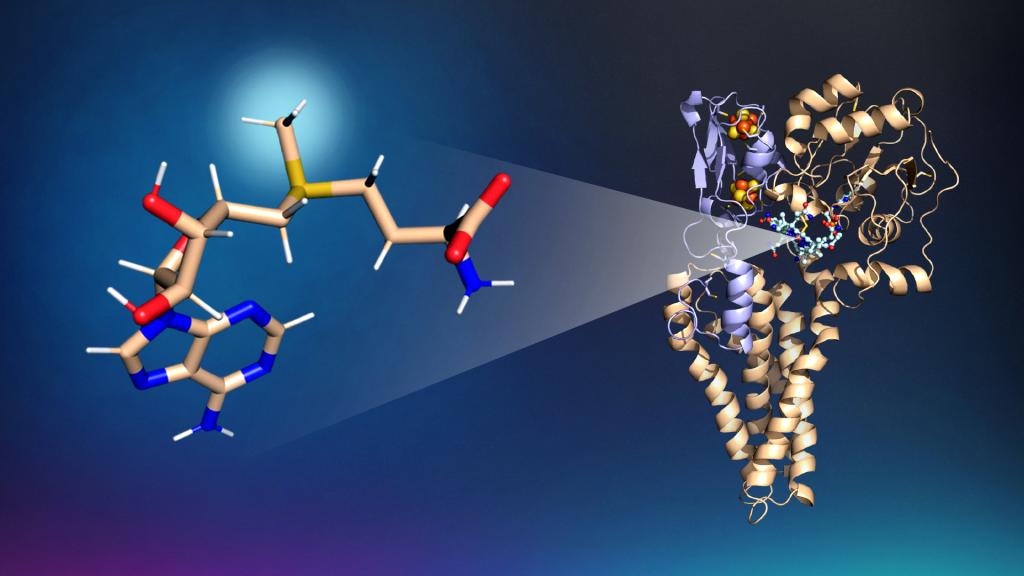
Researchers have identified a molecule essential for the microbial conversion of less toxic inorganic mercury into the neurotoxin methylmercury, moving closer to blocking the dangerous pollutant before it forms.
In 2013, scientists at Oak Ridge National Laboratory identified two genes required for methylmercury formation . Now, ORNL has assisted the University of Michigan in confirming a molecule called S-adenosylmethionineis as the methyl "donor" in the process, enabling conversion.
Methylmercury is difficult to remove from waterways and readily accumulates in the food chain, threatening humans with impacts such as birth defects and brain and neurological damage.
"The project provides key insights into how bacteria produce methylmercury, as well as a protocol to study the proteins and mechanisms involved," said ORNL's Alex Johs. "If we can develop an effective strategy to prevent methylmercury formation, it would be quite a significant step in protecting human and environmental health."
ORNL helped design and conduct experiments and analyzed results, which will inform a model of the proteins responsible for methylmercury formation .






